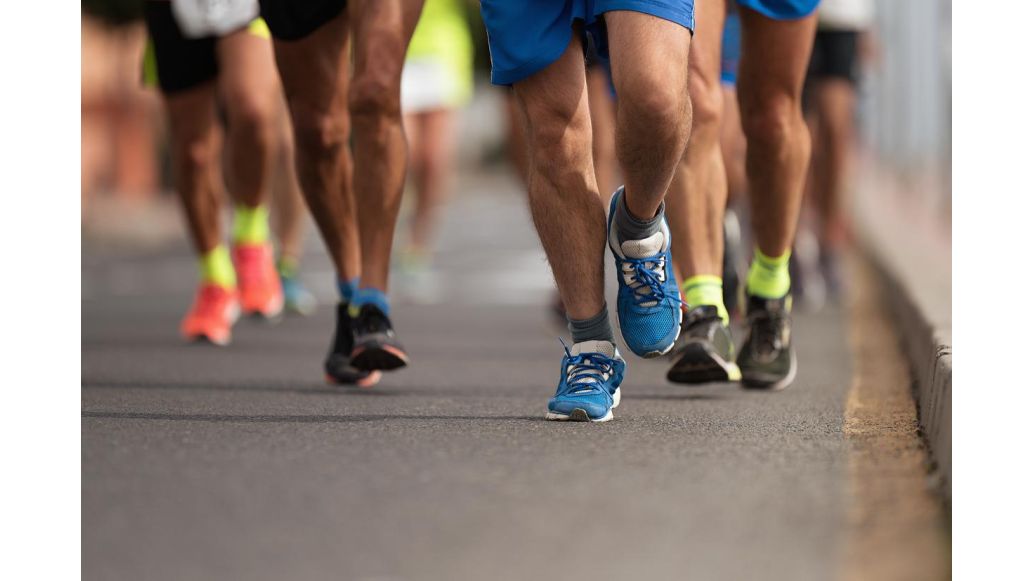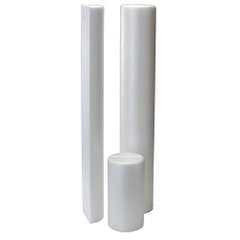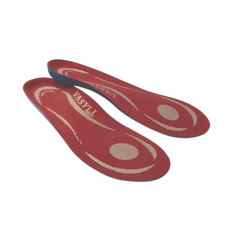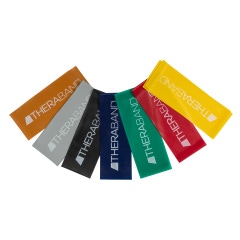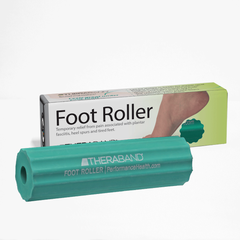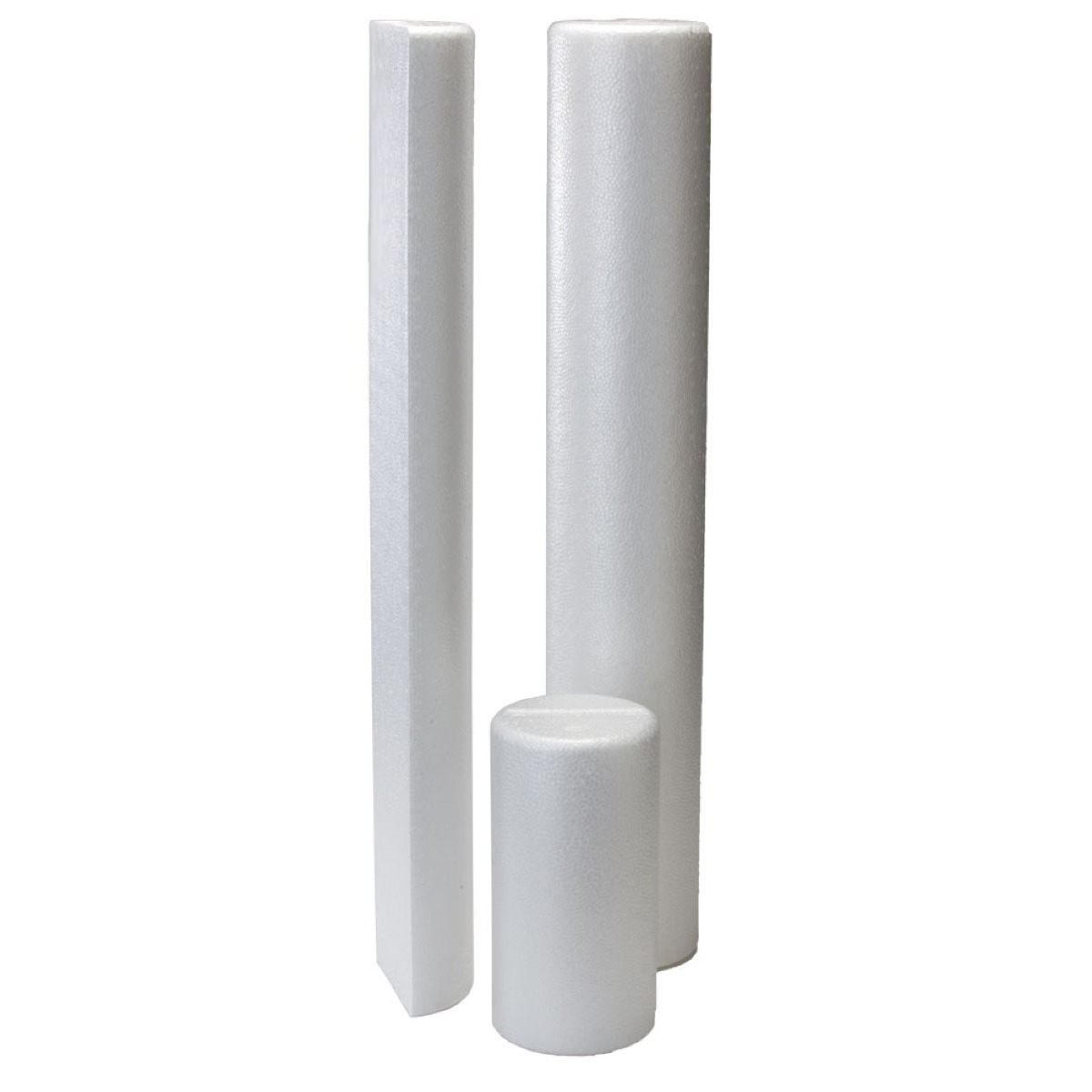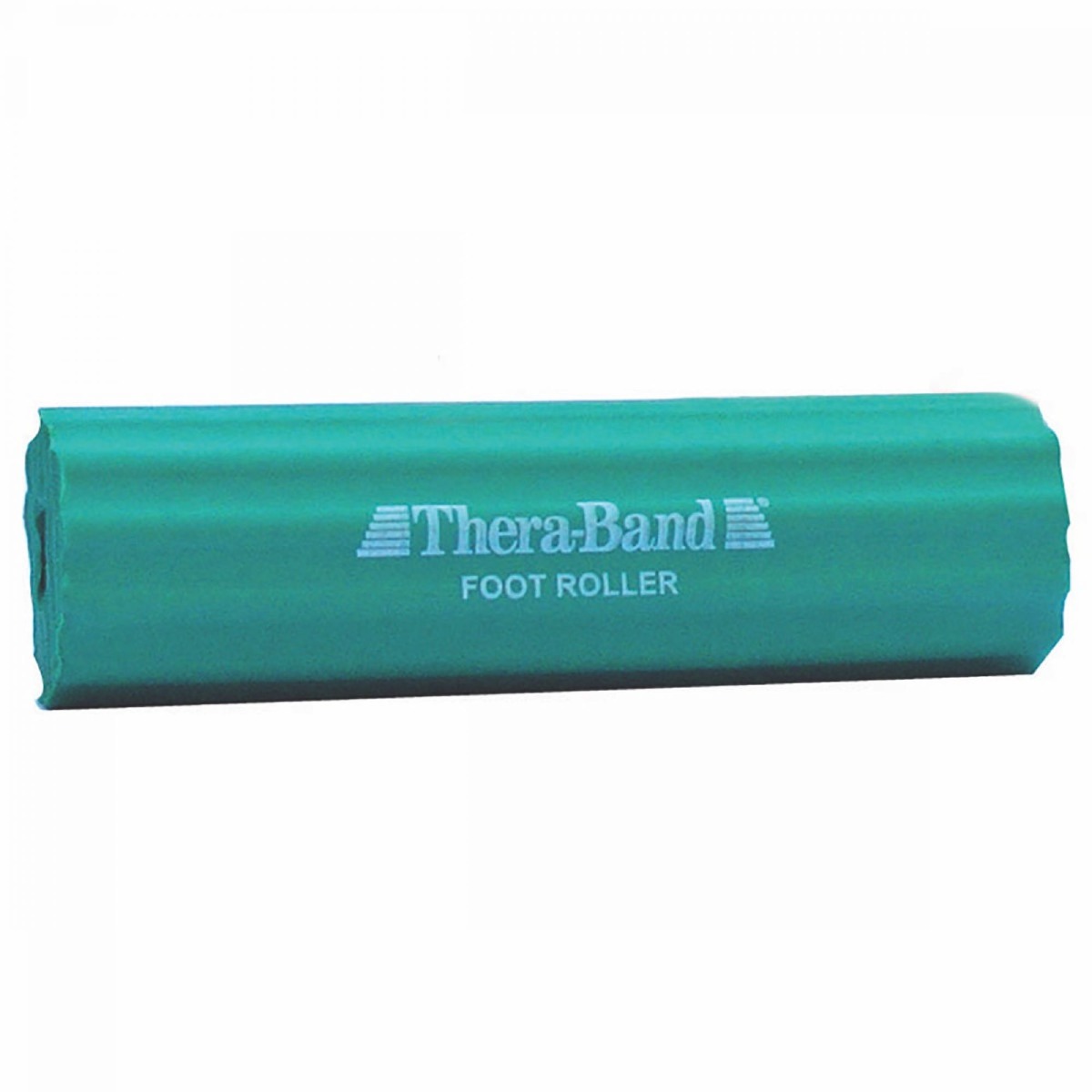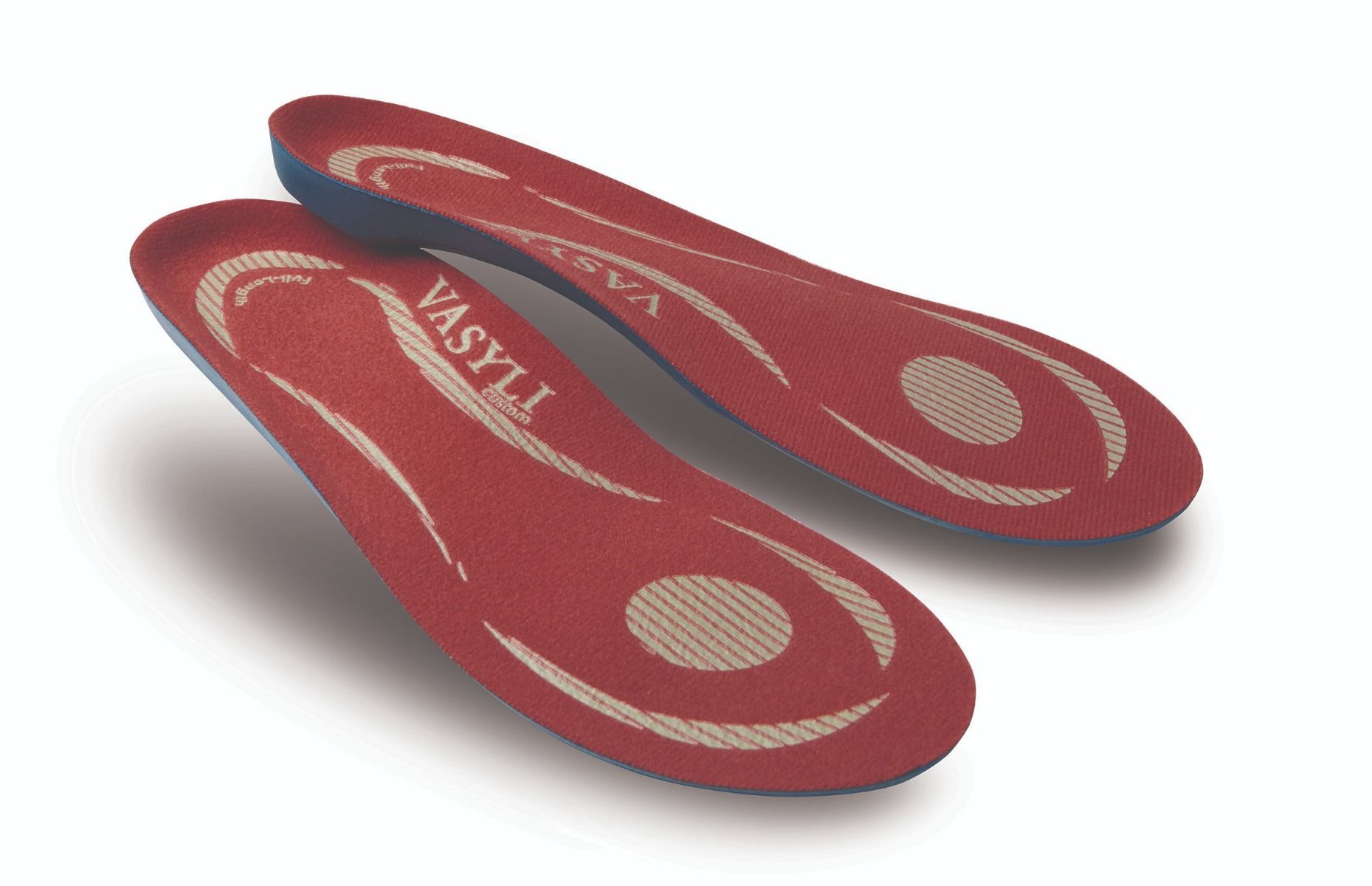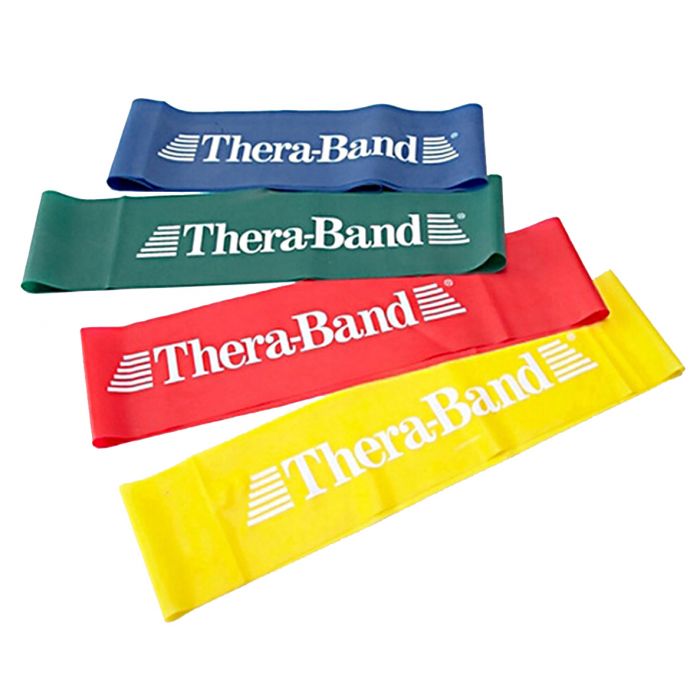Key Takeaways
- Prepare for your first 5k race and create an effective training plan with this six-week running schedule
- If you are a new to running, make sure that you have quality running equipment to prevent fatigue and injury
- Incorporate a variety of resistance band exercises into your six-week program that help you build muscle strength and increase speed
Top Products in This Article
You’ve signed up for your first 5k race – now what? Even if you are in good cardiovascular shape, training for a 5k requires careful planning and preparation. If you are new to running or haven’t ran in a while due to an injury, illness, or surgery, it’s important to ease into running long distances so that you avoid injury.
So how should you prepare? Let’s get started with a schedule and some exercises to build endurance!
Tips to Prepare for a 5k Race
Signing up for a 3.1-mile race gives you a measurable goal to work towards. And while setting the goal to run a 5k is an exciting first step, it can often feel intimidating for new runners. Here are some tips to help you fully prepare!
Schedule Your Runs
To create an effective training plan, develop it around your own running goals and preferences. To avoid injuries, we recommend training for six weeks leading up to your race. Many first-time runners can find it helpful to train for certain amounts of time, rather than specific distances. At the end of six weeks, you’ll be ready to run the 5k distance!
Here’s a great example of a six-week training plan for you to try!
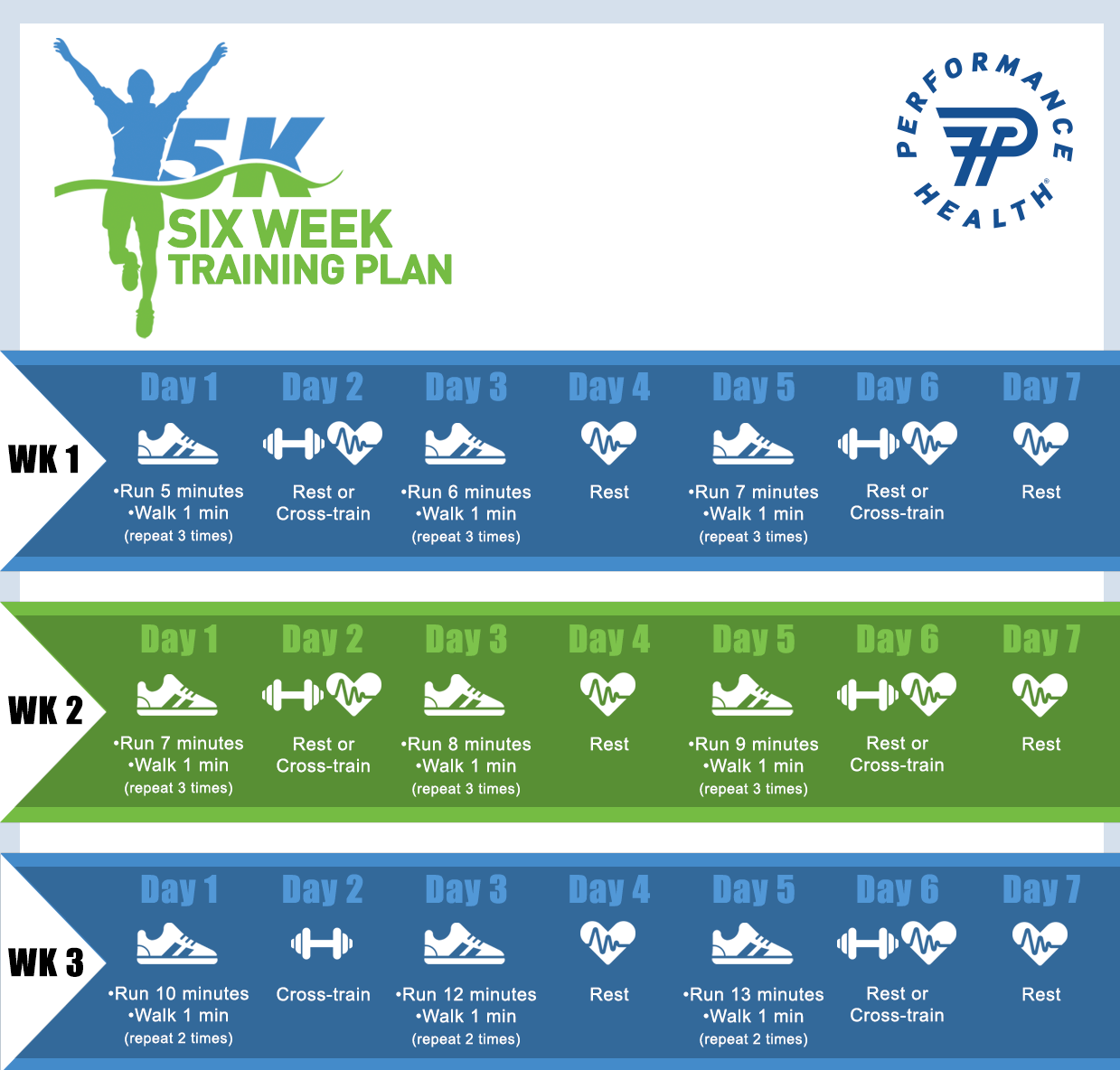
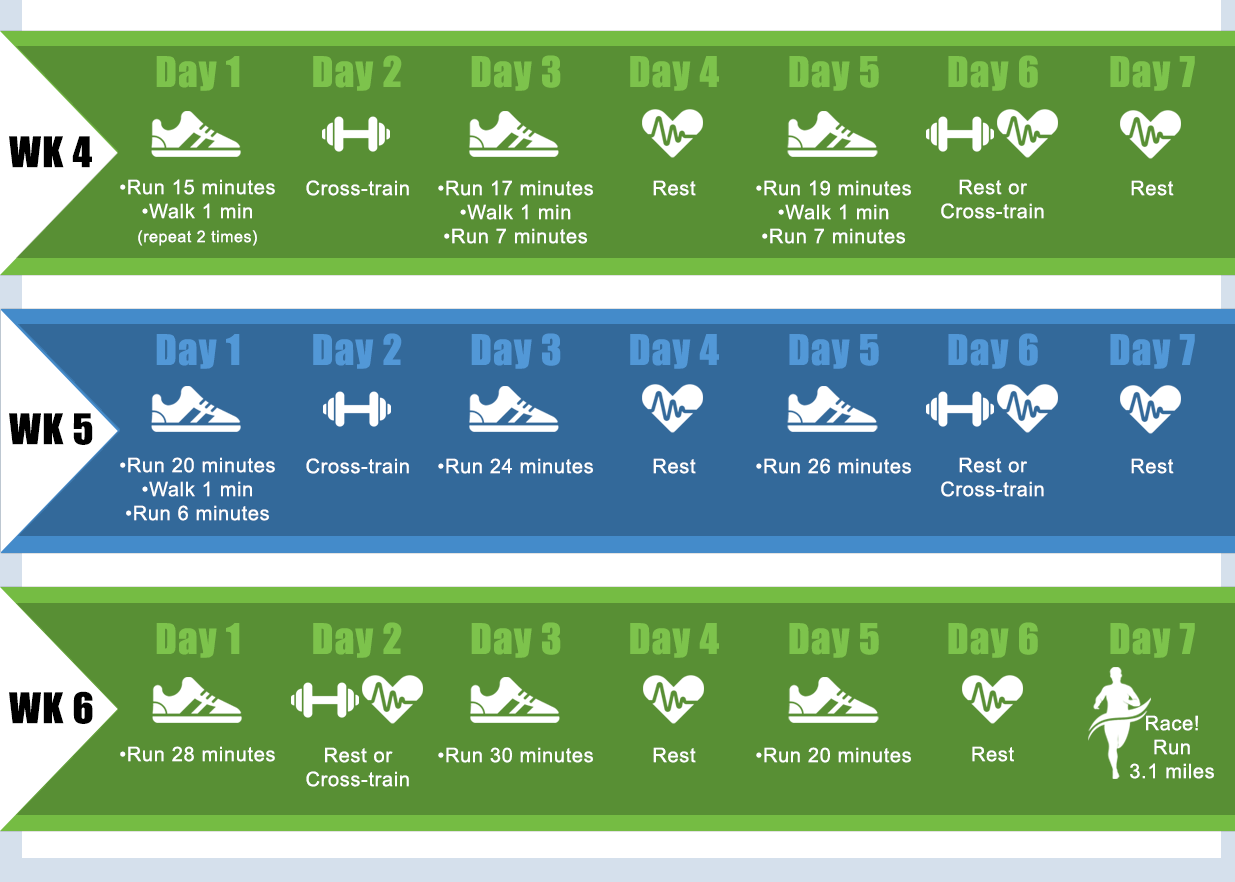
Stretching is Important
It’s important to warm up before a run and cool down afterwards to boost blood flow to the working muscles. To reduce the risk of premature fatigue and injury, give your body time to stretch out and rest in between workouts. Finish each workout with an additional 15 minutes of walking. You can also use a foam roller or foot roller to massage tight muscles in the hamstrings, calves, and quadriceps. To learn more about how foam rolling works, read this article.
Getting the Right Shoes
If you are new to running, you are going to want to make sure that you have quality running shoes to prevent fatigue or injury. Comfortable, supportive running gear is particularly important when it comes to training for any sport. Running shoes are designed to protect your feet, provide traction on different surfaces, and absorb some of the shock and impact of running.
Keep in mind that you also want appropriate arch support. Feet can easily be divided into three categories: low, high, and neutral arches. People with low arches tend to have stability issues like over pronation. High arched feet tend to roll to the outside or supinate. To help support the arch, check for excellent cushioning in both the heel and forefoot. Custom-made orthotics also help reduce excess pronation and improve biomechanical control while running.
Increase Your Strength & Speed
Increase Your Strength & Speed
Since the 5k requires endurance, strength, and speed, your running plan might require some type of cross-training. Cross-training helps lead to a better, injury-free performance come race day. Start by adding one or two cross-training activities into your weekly plan!
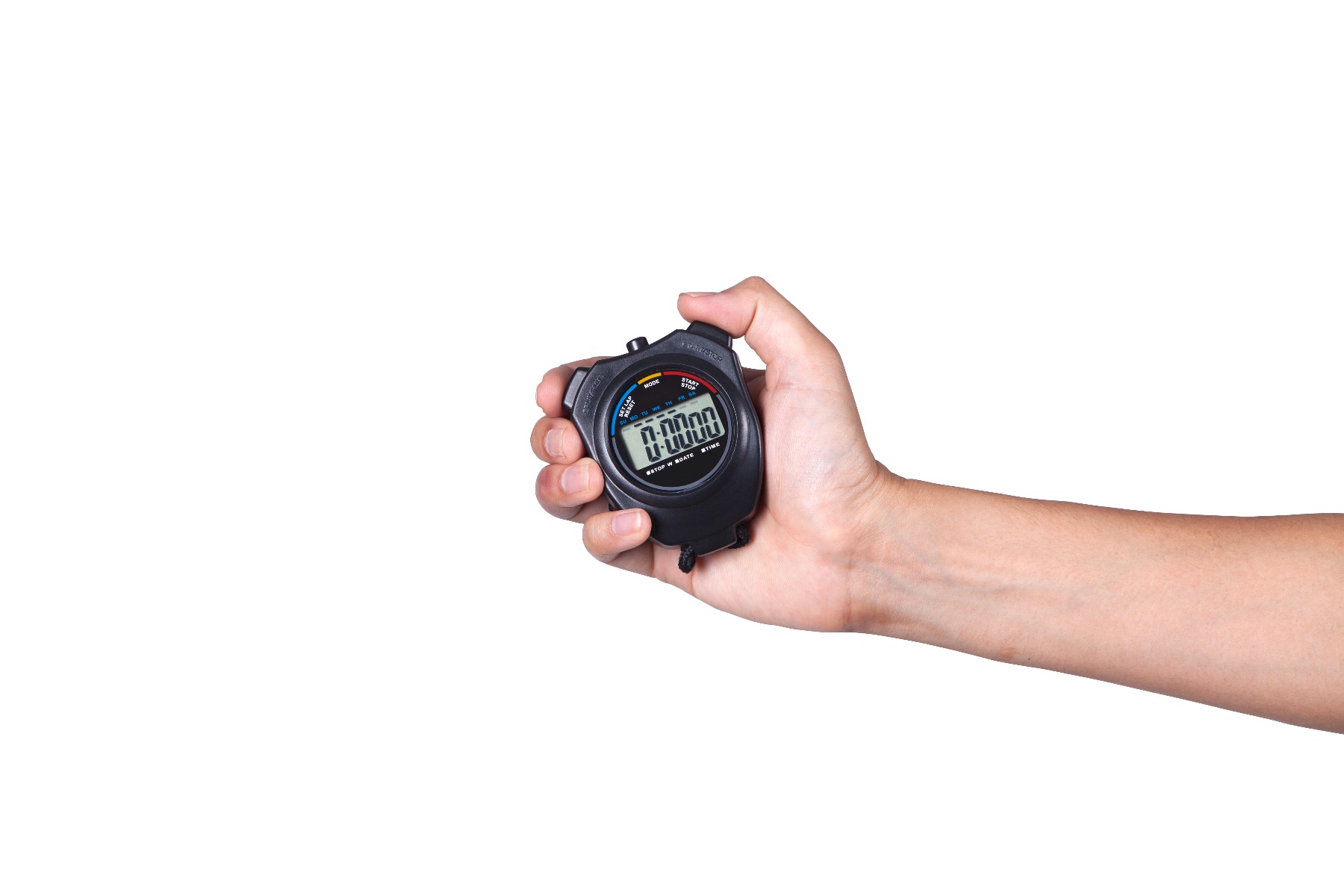
What are the best exercises to build strength?
For runners, having weak glutes can be problematic. Working your glutes and surrounding areas such as your hips can help reduce overuse injuries including iliotibial band syndrome and runner’s knee. Let's start with building up your leg and core muscles using a resistance band!
TheraBand resistance bands have a color-coded resistance system. The stronger the band, the more challenging the exercises, because your muscles will have to work harder against the pull of the band. Read this article to find which TheraBand Resistance Band is right for you!
Adding resistance bands to your training plan is a simple, low impact way to build muscle strength. This series of exercises is specifically designed to build strength in the glutes, hip flexors, and abductors. Step-by-step instructions are provided below.
Banded Squat

- Stand with your feet hip-width apart and place a loop band just above your knees. Your toes should be pointed slightly outward
- Slowly push your hips back into a sitting position while bending your knees
- Lower yourself until your thighs are parallel to the floor. Your knees should be at a 90-degree angle. Hold the position for 3-5 seconds before slowly lifting back up
- Do this squat 10 times
Ankle Jumping Jacks
- Place the loop band around your ankles and stand with your feet about hip-width apart
- Lower into a quarter-squat position with your hands at your chest
- Jump your feet out and in for 1 rep. Do not let your body pop up too high, and land with your weight in your heels
- Repeat this exercise 10 times
Glute Kickback
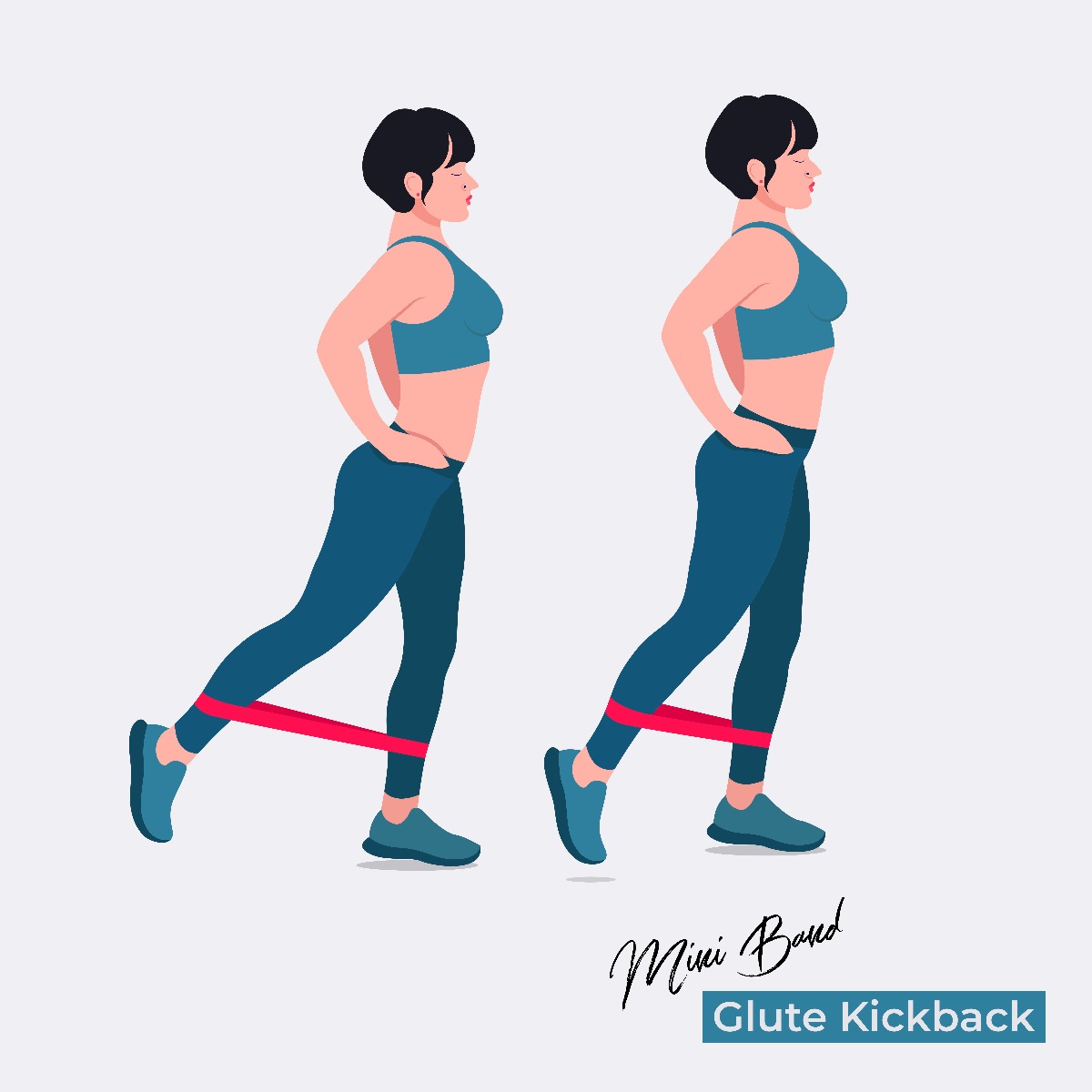
- Stand with your feet shoulder-width apart and place a loop band around your legs at the ankles
- Balance on your left leg and move your right foot so your toes are resting on the ground slightly behind and diagonal to your left foot
- Kick your right leg back, keeping your knee straight tightly squeezing your glute
- Return your right foot to starting position, keeping tension in the band
- Do this kickback 10 times before switching to the opposite leg
Banded Clamshells
- Place a loop band around your legs just above your knees and lie on your right side with your feet and hips stacked
- Keeping your abs engaged and your feet together, raise your left knee as far as you can without rotating your hip or lifting your right knee off the floor
- Hold for 2-3 seconds, squeezing your glutes. Slowly lower your left knee to the starting position
- Do this 10 times before switching to the opposite leg
Standing Leg Abduction
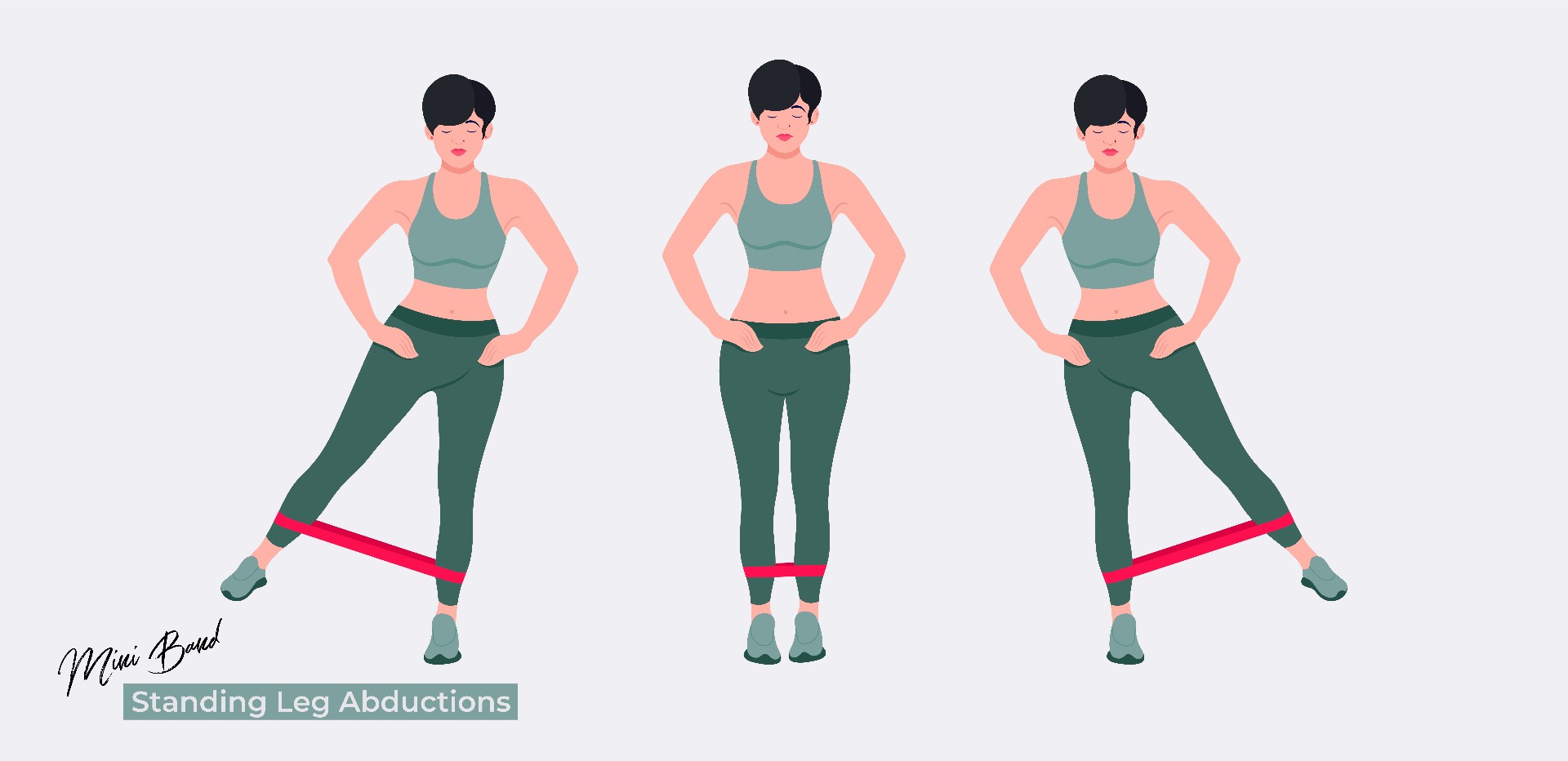
- Place a loop band around both legs, right above the ankle. Stand up straight with your chest up and hands on your hips
- While keeping your legs straight, push one leg out to the side until it is at a 45-degree angle with the floor
- Slowly lower your leg to starting position
- Do this leg abduction 10 times before switching to the opposite leg
- Keep your legs straight throughout the movement and push out from your heel
How do I improve my speed?
Your training plan is designed to gradually increase your distance each week. You can also add run/walk intervals, where you sprint for a duration of time or for a minimal distance. These intervals help increase lung and leg strength.
A strong core aids in the forward movement of each stride. Research says that engaging your core stops you from overusing muscles, such as pushing and pulling forward your legs.1 To achieve better core strength, perform these exercises on the days you are scheduled to cross-train.
Plank

- Wrap a loop band around your legs just above your knees. Place your hands directly under your shoulders, slightly wider than shoulder-width
- Ground your toes into the floor and squeeze your glutes to stabilize your body
- Neutralize your neck and spine by looking at a spot on the floor about a foot beyond your hands
- Hold this position for 30-45 seconds before lowering to the floor
Standing Knee Tuck
- Place a loop band around your ankles with your feet shoulder-width apart. Clasp your hands together behind your head with your elbows out to the side
- Lift your right knee up and inward, keeping your left foot firmly on the floor. At the same time, bring your left elbow down (without unclasping your hands) so that it almost touches your right knee
- Repeat with the left knee and right elbow to complete one rep
- Do this 10 times
Bicycle Crunch
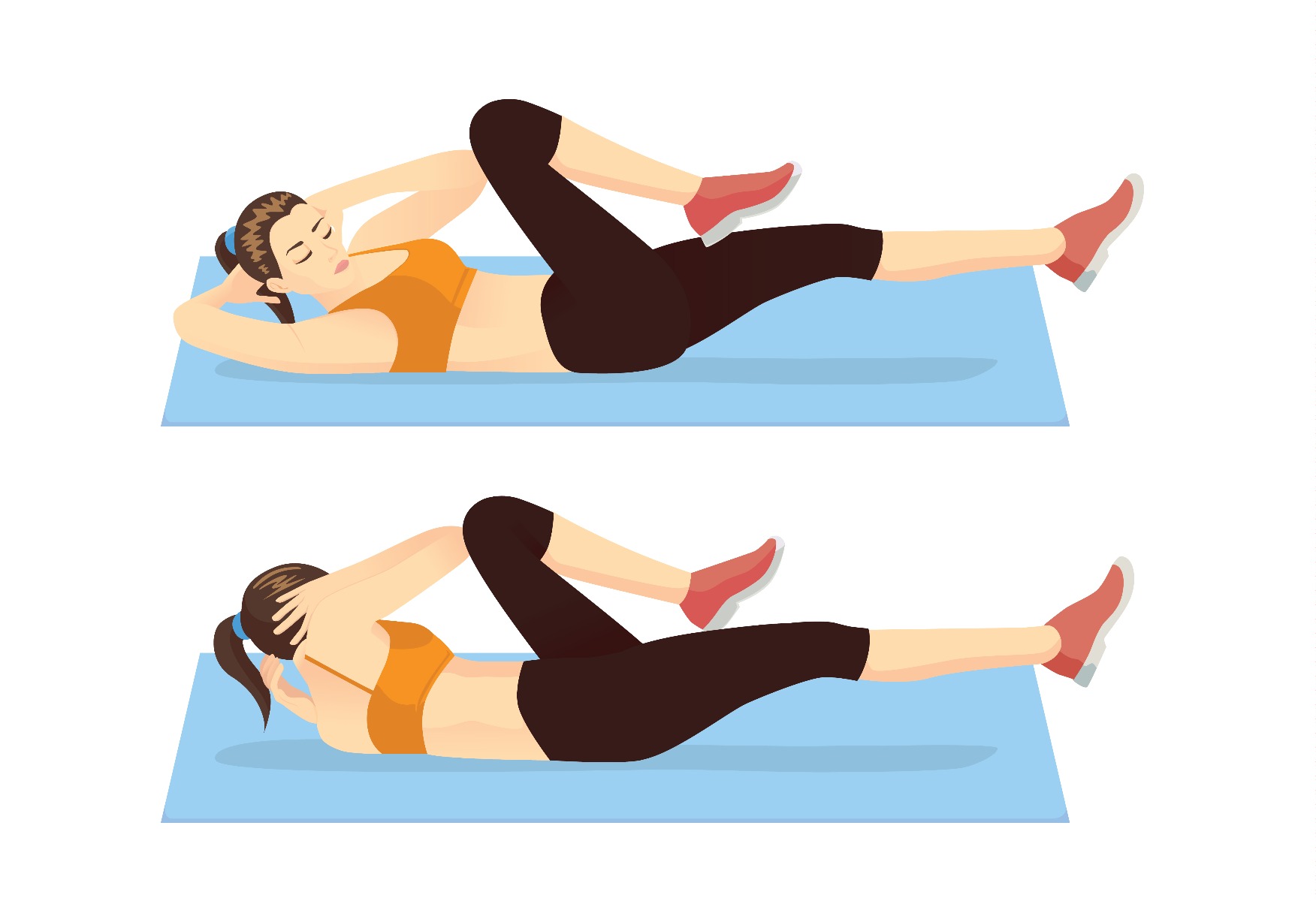
- Place a loop band around your feet and extend your legs. Lift your upper back
- With your hands behind your head, rotate your torso clockwise and pull your right knee back
- Reverse and switch sides to complete one rep
- Do this bicycle crunch 10 times
Scissor Kicks
- Grab your loop band and position it around your calves while sitting on the floor
- With your back flat and hands clasped behind your head, raise your legs slightly off the floor and be sure to keep them straight
- Pull your legs apart until the loop band is taut and bring your legs back together
- Do this 10 times
Mountain Climbers
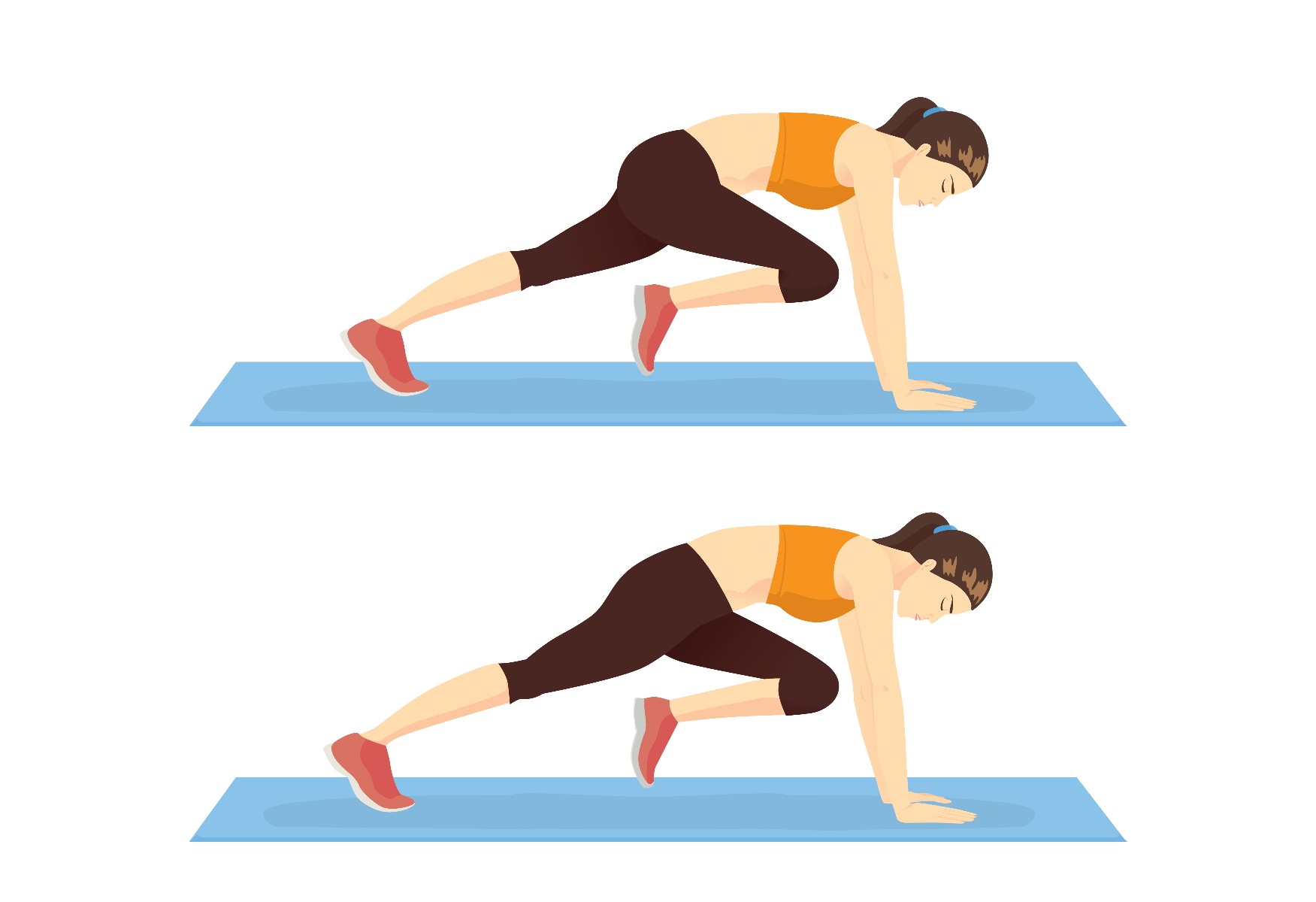
- Place the loop band around the arch of each foot. Lower into a sprinter position
- Start with your right knee forward to your chest
- As you return your right knee to starting position, bring your left knee forward to your chest. This completes 1 rep
- Alternate back and forth a total of 10 times
Bored with your usual running routine? Sign yourself up for a 5k race! Then put that race into your calendar, create a running schedule, and set a time goal for yourself. To help get you prepared, use this beginner’s guide to build speed and endurance while preventing fatigue or injury. Best of luck runners!
Learn more in these articles for runners:
References
- Bruning, Karla. (2020). How to Train for a 5k as a Beginner. Shape. Retrieved from https://bit.ly/3c7cdPM
- Carter, Kiera. (2020). Want to Know How to Run Faster? All You Need Are These 4 Tips. Runner's World. Retrieved from https://bit.ly/2OQAlNU
- Luff, Christine. (2020). The Best Training Plans for Your First 5k. VeryWell Fit. Retrieved from https://bit.ly/395nGgF
Medical Disclaimer: The information provided on this site, including text, graphics, images and other material, are for informational purposes only and are not intended to substitute for professional medical advice, diagnosis or treatment. Always seek the advice of your physician or other healthcare professional with any questions or concerns you may have regarding your condition.








 France
France Australia
Australia